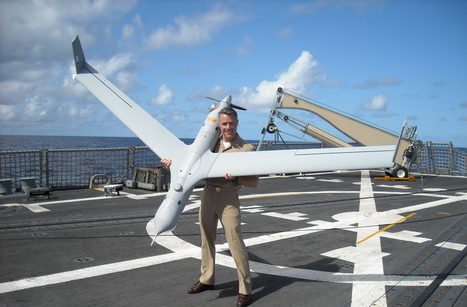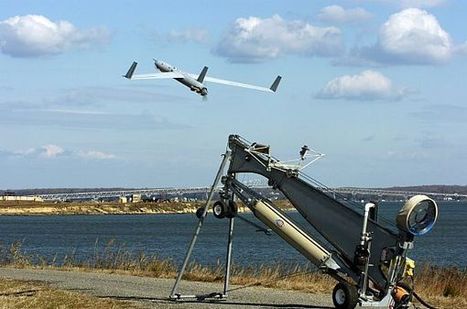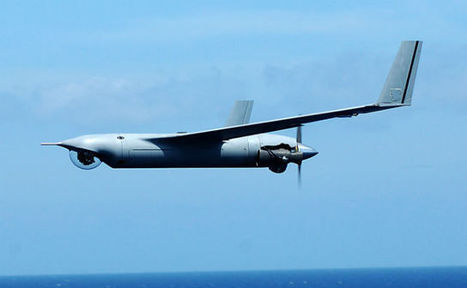BINGEN, Wash., Oct. 29, 2014 – From its booth at the Euronaval Exhibition and Conference in Paris, Insitu announced today ScanEagle 2, the next generation of its revolutionary ScanEagle platform. Leveraging lessons learned from more than 800,000 operational hours, ScanEagle 2 provides increased payload power and expanded payloadoptions, a more robust navigation system, better image quality due to a fully digital video system and a state-of-the-art, purpose-built propulsion system. The aircraft’s new architecture also maximizes commonality with all Insitu systems, reducing training, hardware and life-cycle costs.
“For two decades, Insitu has made a name for itself through iterative innovation,” said Ryan M. Hartman, Insitu’s president and CEO. “ScanEagle 2 will shepherd us into the next two decades as we focus on reliability and affordability and enter the civil/commercial market. And as ScanEagle has always done, ScanEagle 2 will provide the capability our warfighters have come to expect from Insitu – yet more affordable and more capable.”
Engineered for unmatched performance, ScanEagle 2 employs a whole-systems approach to affordability and higher reliability that includes a new propulsion system – the first reciprocating internal combustion propulsion system designed and manufactured specifically for Small-Unmanned-Aircraft-Systems-class vehicles. ScanEagle 2 also enables commonality with other unmanned systems thanks to an open-architecture ground control system, as well as a launch-and-recovery system it shares with Integrator, Insitu’s other unmanned platform.
Insitu Inc., located in Bingen, Wash., is a wholly owned subsidiary of The Boeing Company. Insitu designs, develops and manufactures UAS and provides associated services for commercial, civil and defense applications. With a small footprint and customer focus for both land and sea operations, the company’s family of UAS solutions and global mission support serves the needs of worldwide customers.
To date, these systems have accumulated more than 800,000 operational flight hours and 100,000 sorties. For more information, visit www.insitu.com.



 Your new post is loading...
Your new post is loading...











Le drone Scan Eagle est un appareil de surveillance de champ de bataille et de reconnaissance.
Il est issu d'un drone conçu pour la pêche et plus particulièrement pour aider les bateaux à repérer les bancs de thon.
Lancé grâce à une catapulte pneumatique ce drone est facilement déployable. Il peut effectuer des missions de 20 heures et possède un rayon d'action de plus de 100 km et une vitesse de 120 km/h. Sa récupération est également simple, l'appareil est doté d'un crochet à l'extrémité droite de sa voilure. Lors de sa récupération, se crochet vient se prendre dans un filin qui est accroché à une vergue. Ces systèmes de lancement et de récupération, permettent à l'US Navy de mettre en œuvre ce petit drone depuis n'importe lequel de ses bâtiments de surface. Ce drone est équipé de caméra à optique classique et infrarouge.